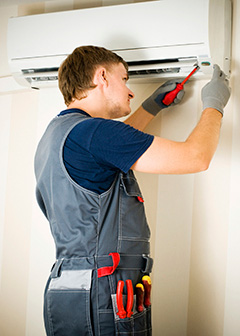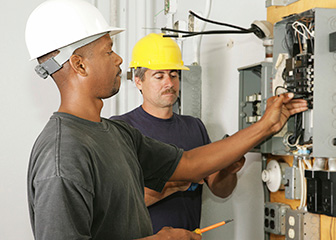Summary

| Quick Facts: General Maintenance and Repair Workers | |
|---|---|
|
$34,730 per year
$16.70 per hour |
|
| High school diploma or equivalent | |
| None | |
| Moderate-term on-the-job training | |
| 1,289,000 | |
| 11% (About as fast as average) | |
| 142,000 | |
What General Maintenance and Repair Workers Do
General maintenance and repair workers maintain and repair machines, mechanical equipment, and buildings. They work on plumbing, electrical, and air-conditioning and heating systems.
Work Environment
General maintenance and repair workers often carry out many different tasks in a single day. They could work at any number of locations, both indoor and outdoor. They may work inside a single building, such as a hotel or hospital, or be responsible for the maintenance of many buildings, such as those in an apartment complex or college campus.
How to Become a General Maintenance and Repair Worker
Jobs in this field typically do not require any formal education beyond high school. General maintenance and repair workers often learn their skills on the job. They start by doing simple tasks and watching and learning from skilled maintenance workers.
Pay
The median annual wage of general maintenance and repair workers was $34,730 in May 2010.
Job Outlook
Employment of general maintenance and repair workers is expected to grow 11 percent from 2010 to 2020, about as fast as the average for all occupations. Demand will stem from new building and real estate construction.
Similar Occupations
Compare the job duties, education, job growth, and pay of general maintenance and repair workers with similar occupations.
O*NET
O*NET provides comprehensive information on key characteristics of workers and occupations.
Contacts for More Information
Learn more about general maintenance and repair workers by contacting these additional resources.










